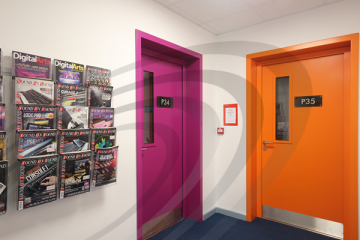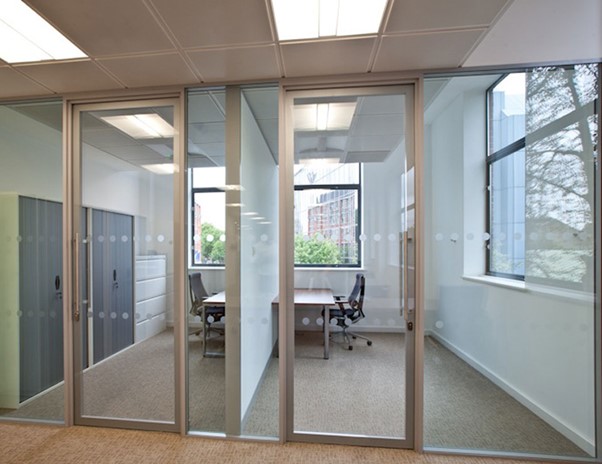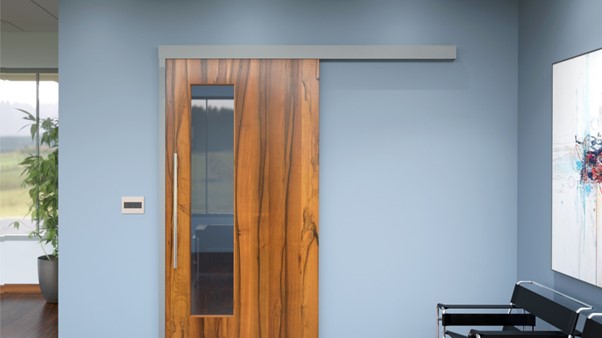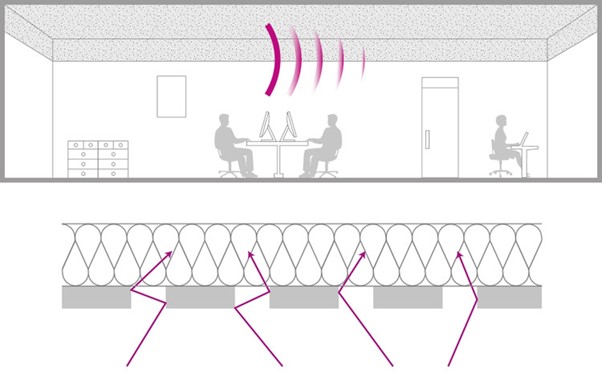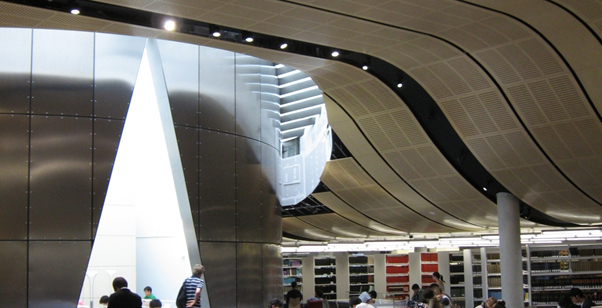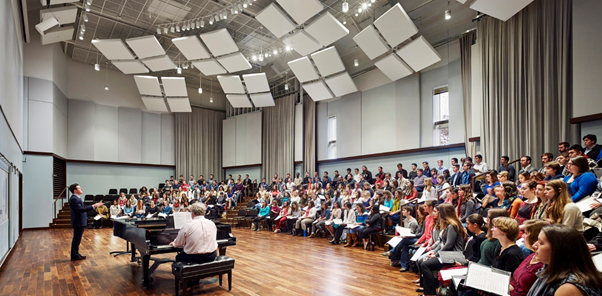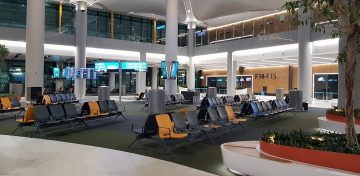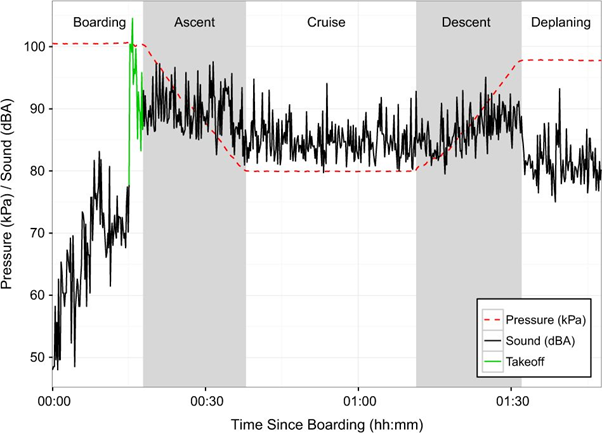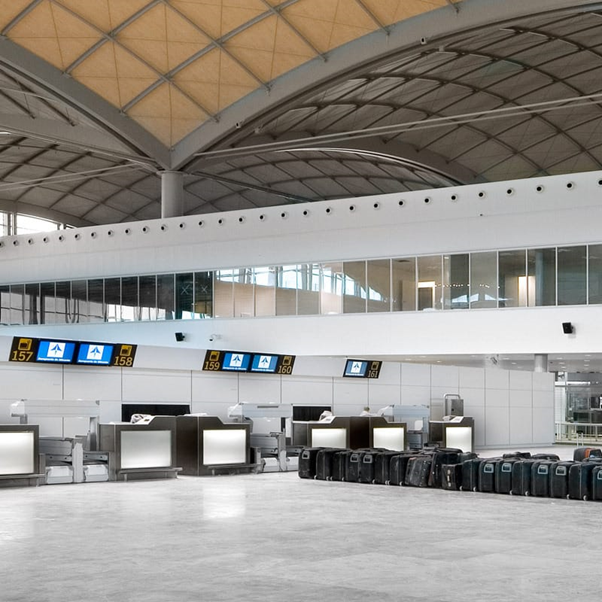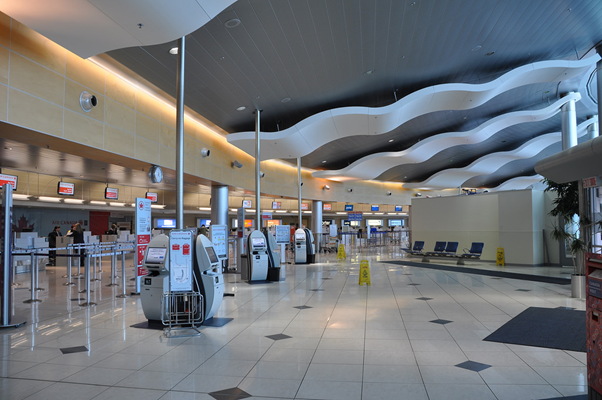Acoustics in recording studios
Acoustics in recording studios
Recording studios need over quiet to catch the pitch and tone of sound warmly. Absorbers which are materials with a high value of sound absorption coefficient. However, adding these materials randomly is not a good effective solution because every situation needs its own solution. Engineers calculate the exact amount and place of these panels. This step follows measurements and studying the characteristics below:
- Reflected Sound – Reverberation
When a sound source ceases in space, the sound waves will continue to reflect off the hard wall, floor and ceiling surfaces until it loses enough energy and dies out. The prolongation of the reflected sound is known as reverberation. Reverberation Time (RT) is the number of seconds it takes for the reverberant sound energy to die down to one millionth (or 60dB) of its original value from the instant that the sound signal ceases.
Reverberation is dependent only on the volume of a space and the acoustically absorptive quality of the room’s finishes. Hard surfaced rooms will have a longer reverberation time than rooms finished with sound absorbing materials.
When a sound wave travels outward in all directions and encounters an obstacle such as a wall, floor or ceiling surface the direction of the sound will be changed or reflected. The direction of travel of the reflected sound will be at the same angle as the original sound striking the surface.
The immediate effect of multiple reflections is an increase in the sound intensity caused by the reflections. A listener will hear the direct sound arriving at the ear along with all of the multiple reflections. Thus the combined loudness of the direct sound and the reflected sound will be greater than the direct sound alone.
- Noise Reduction Coefficient (NRC)
An NRC of 0 indicates perfect reflection; an NRC of 1 indicates perfect absorption.
It is the arithmetic average, rounded to the nearest multiple of 0.05, of the absorption coefficients for a specific material and mounting condition determined at the one octave band centre frequencies of 250, 500, 1000 and 2000 Hz.
Absorption coefficients used to calculate NRC are commonly determined in reverberation rooms of qualified acoustical laboratory test facilities.
NRC is most commonly used to rate general acoustical properties of acoustic ceiling tiles, baffles, and banners, office screens, and acoustic wall panels.
- Frequency of Sound used in the studio:
Sound is the quickly varying pressure wave traveling through a medium. When sound travels through air, the atmospheric pressure varies periodically. The number of pressure variations per second is called the frequency of sound and is measured in Hertz (Hz) which is defined as cycles per second.
The higher the frequency, the more high-pitched a sound is perceived. The sounds produced by drums have much lower frequencies than those produced by a whistle.
The generally accepted standard range of audible frequencies for humans is 20 to 20,000 Hz.
The adult male voice has a frequency range of fundamental frequencies from 85Hz to 180Hz.
The adult female voice has a frequency range of fundamental frequencies from 165Hz to 255Hz.
The Frequencies of Music are much higher reaches thousands of Hz.
Acoustima® acoustic panel by Seatup Turkey® can work on Acoustics in recording studios by Noise control or noise mitigation which is a set of strategies to reduce noise pollution or to reduce the impact of that noise.
Acoustima® acoustic panel by Seatup Turkey® has wide collection of options with variable usage, colours, and models.
CLASSIC CEILING, STRETCH LED CEILING, ACOUSTIC CANOPY, ACOUSTIC BAFFLES, ACOUSTIC CARPET, ACOUSTIC DOORS, ACOUSTIC WOODEN PANELS FOR WALL AND CEILINGS, with the ability to use LED DESIGN.
you can see our online catalogue:
Acoustima® acoustic panel by Seatup Turkey® has been providing acoustic treatment to soundproofing, noise control, acoustical and vibration problems for over 23 years. Soundproof panels and acoustic materials, almost solving any noise problem including Acoustics in recording studios. Focusing on environmental and architectural acoustics, assuring cost-effective and reliable acoustic solutions for clients.





